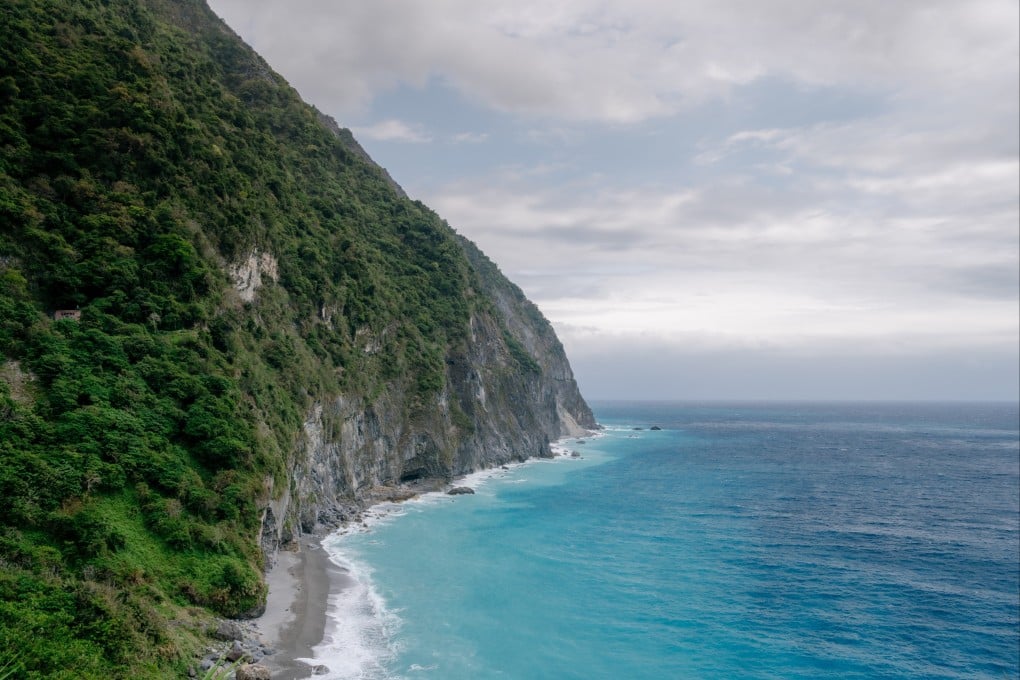Taiwan’s undersea submarine base plan resurfaces as cross-strait tensions rise
- As new submarines come into service, experts refloat idea to build secret undersea naval base on island’s east coast
- Despite defence advantages, Taipei torpedoed the 90s proposal after military purchases fell through

Taipei’s government is being urged to reconsider a proposal to use underwater caves as part of a naval base for a new fleet of submarines that could begin commissioning in 2025.
The island’s mountainous east coast – with steep cliffs and deep sea terrain – would provide an ideal base for such warships, according Taiwanese defence experts.
In particular, geological structures along the eastern coast of Hualien county and its adjacent natural underwater terrain could provide ideal cover for submarines, said Lu Li-shih, a former instructor at the island’s Republic of Taiwan Naval Academy in Kaohsiung.
“Just 100 metres (328 feet) from Hualien’s coastline, the sea is 1,000 metres (3,300 feet) deep, and 10km (6.2 miles) from the coast, the water is more than 4,000 metres deep, allowing submarines to dive stealthily into the oceanic trench of the Pacific soon after sailing from the base,” Lu said.
“The geological structures of the sea cliffs in Hualien are composed of hard rock, which is suitable to dig deep caves or tunnels.”
Taiwan plans to develop and build a fleet of at least eight diesel-electric powered attack submarines under its Indigenous Defence Submarine (IDS) Programme, with the first vessel expected to launch in September and go into service in the first half of 2025, according to Taiwanese media.
